From Data Chaos to Competitive Advantage.
A McKinsey study shows that knowledge workers spend an average of 9.3 hours per week, or 23% of their working time, just searching for internal information. 42% of organizations view the loss of employee knowledge due to turnover or retirement as a major risk to their operations.
Retrieval-Augmented Generation (RAG) is an AI approach that directly addresses this problem by specifically accessing your internal knowledge before formulating an answer. This provides every employee with immediate access to precise and source-based answers.
Here's a visual representation of the architecture, from query to intelligent, source-based answer:
A user asks a question using natural language.
The system searches the internal knowledge database for relevant facts.
The retrieved information is combined with the original question to create an augmented prompt.
The Language Model (LLM) formulates an answer based on this enhanced prompt.
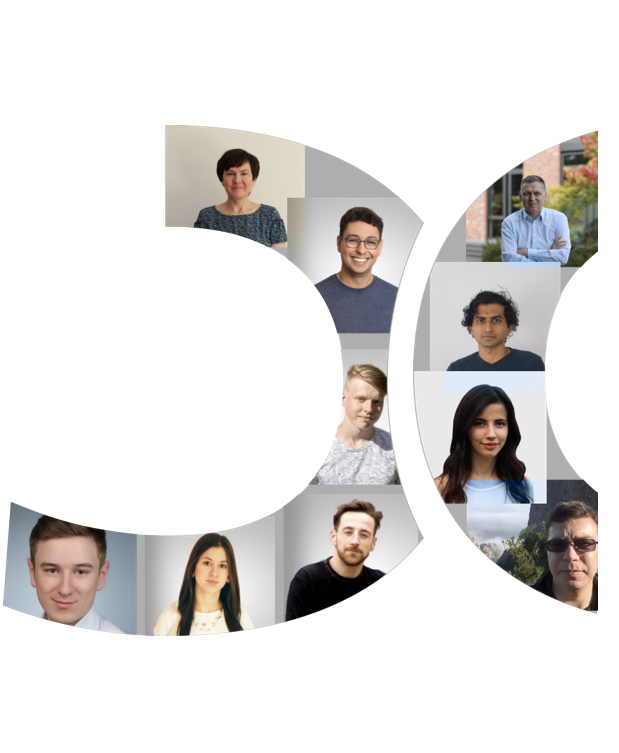
Before your queries can be answered, your company's knowledge is processed once and made accessible to the AI.
The first step involves consuming various types of documents, including:
Breaking down content, capturing meaning
Granting access to knowledge
Everything needed for developing intelligent, data-driven AI applications.
Python
LangChain, LlamaIndex
FastAPI, Streamlit
Jupyter Notebooks
Pinecone, Weaviate, Chroma
PDF, HTML, DOCX, APIs
Unstructured.io, PyMuPDF
PostgreSQL (pgvector), Elasticsearch
GPT-4o, Llama 3, Mistral
OpenAI Embeddings, Sentence-BERT
Hugging Face Hub
OpenAI API, Google Vertex AI
AWS, Google Cloud, Azure
Docker, Kubernetes
GitHub Actions, Jenkins
Langfuse, Prometheus, Grafana
1. How long does it take to implement a RAG system?
We typically achieve an initial Proof of Concept (PoC) within 6 to 8 weeks. A fully integrated, production-ready system for daily use (Go-Live) is often achievable within 6 months. The exact duration depends on the complexity of your data and the depth of integration required.
2. What's the difference between a PoC and Go-Live?
A Proof of Concept (PoC) is a lean, functional system with a limited scope. It quickly and cost-effectively demonstrates the fundamental benefits and technical feasibility. Go-Live refers to the deployment of the fully developed, scalable application, integrated into your IT landscape, for all intended end-users.
3. How secure is our data during this process?
The security of your data is our highest priority. We design an architecture that precisely fits your requirements. This ranges from secure cloud services (e.g., Azure OpenAI) to fully self-hosted solutions where your data never leaves your infrastructure. Compliance with GDPR and your internal compliance guidelines is, of course, guaranteed.
4. What data can we use for the system?
Practically all of it. This includes internal documents such as PDFs, Word and PowerPoint files, content from Confluence or SharePoint, emails, and also structured data from databases or CRM systems. We'll help you identify and connect the most valuable knowledge sources within your company.
5. What does a RAG project cost?
Costs are project-specific. They depend on factors such as the number of data sources, the complexity of the data, and the chosen architecture (cloud vs. self-hosted). The initial PoC is a transparent and cost-effective method to validate the benefits before making larger investments for the Go-Live.

Insights from our Blog
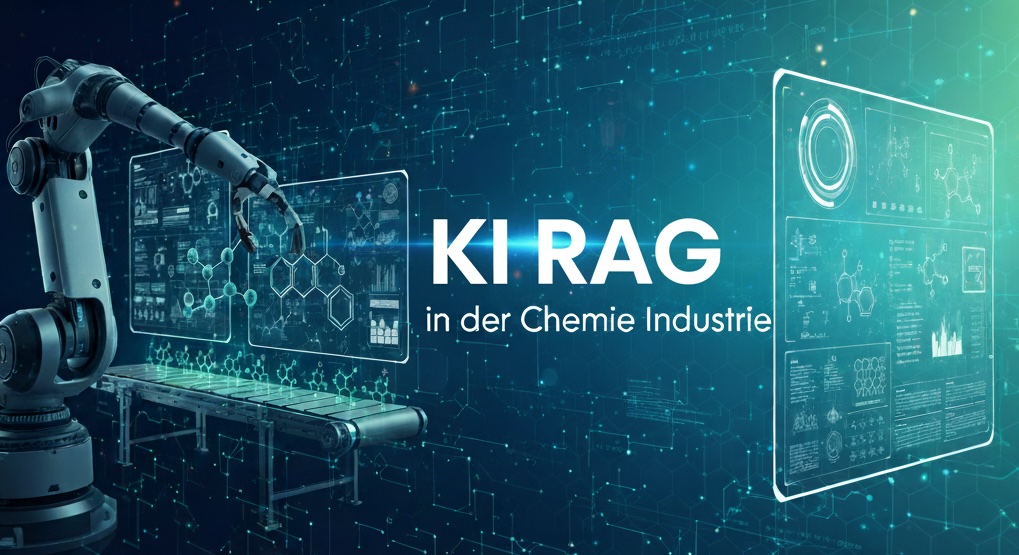
Why standard AI systems fail in regulated markets and how a REACH-compliant RAG architecture provides the solution.
Intelligent Compliance: AI as a Strategic Imperative for the Chemie Industry
In industries where errors can cost millions, AI hallucinations are unacceptable. Discover how a purpose-built RAG system mitigates regulatory risks, ensures compliance with complex regulations like REACH, and turns compliance into a strategic competitive
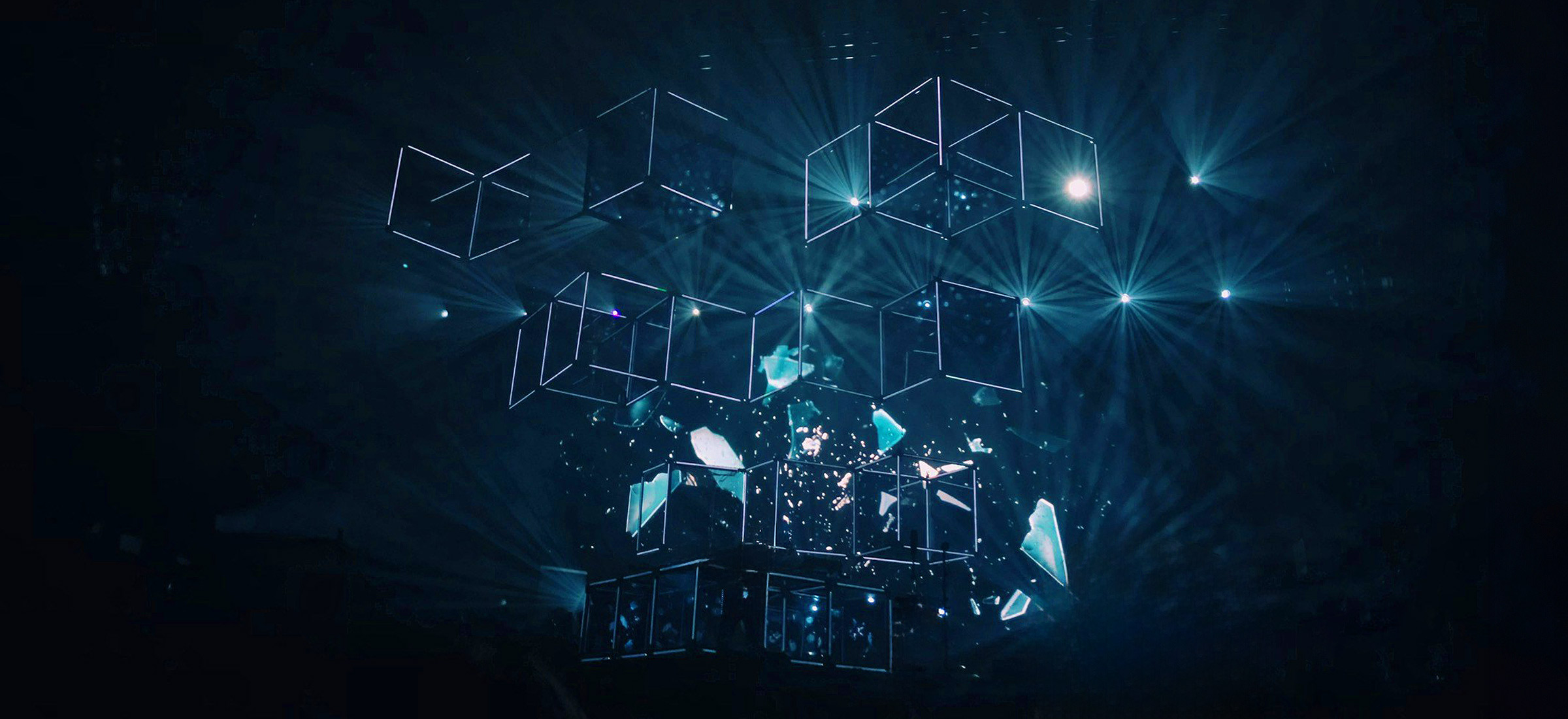
Legacy Modernization: The Strategic Path
Transform with Kafka & Debezium, minimize risk.
Outdated IT systems represent a growing liability, hindering agility and blocking innovation. This article presents a proven, incremental approach to modernization. Discover how to renew your core systems step-by-step, minimizing risks and future-proofing
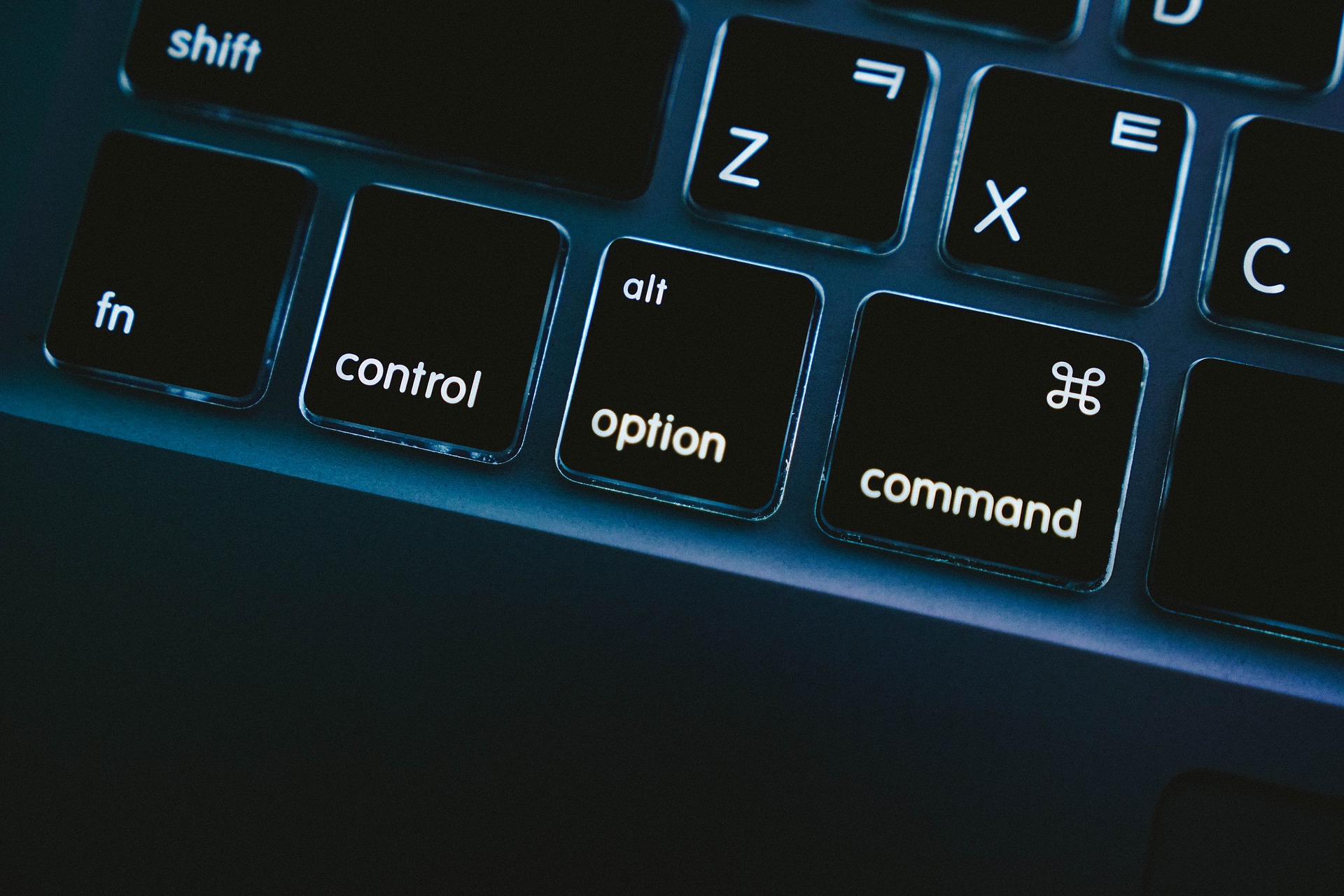
How centralized decision-making shapes organizations and where it falls short
Beyond Command and Control: Leadership by Design
Command and Control emphasizes strict hierarchies and streamlined authority. But in today’s fast-paced world, can this model still deliver – or is it a rigid approach in need of rethinking?
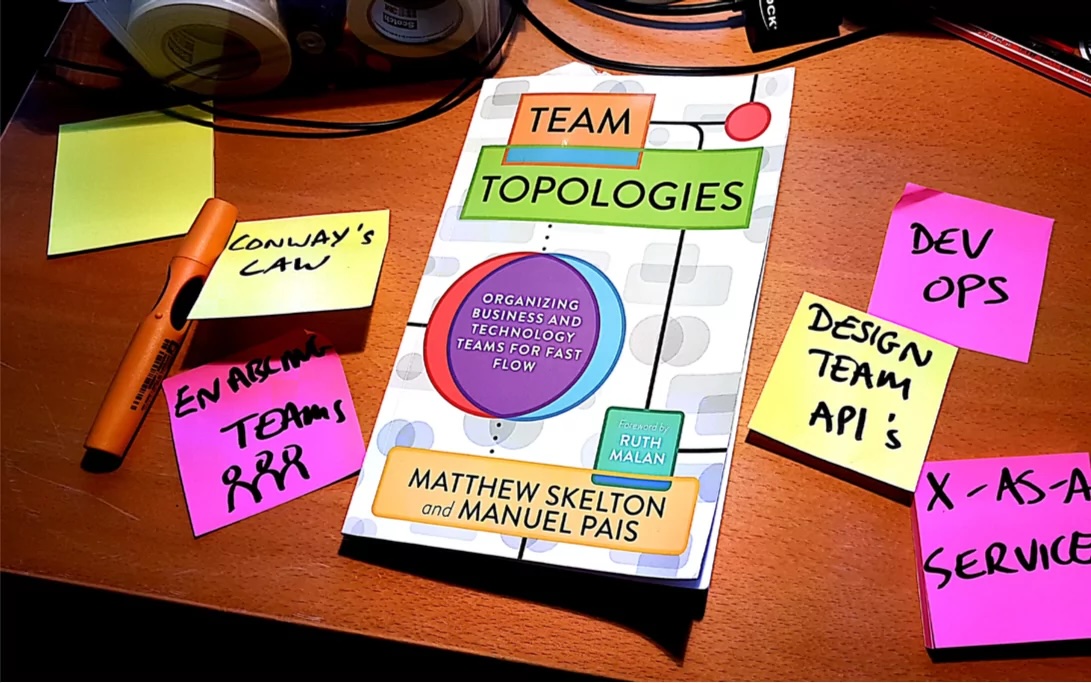
The four team types and interaction modes that power modern IT organizations
Team Topologies: Structuring Teams for Success
Team Topologies helps organizations design their teams for clarity, speed, and collaboration. Learn how strategic team structures can reduce friction and accelerate delivery.
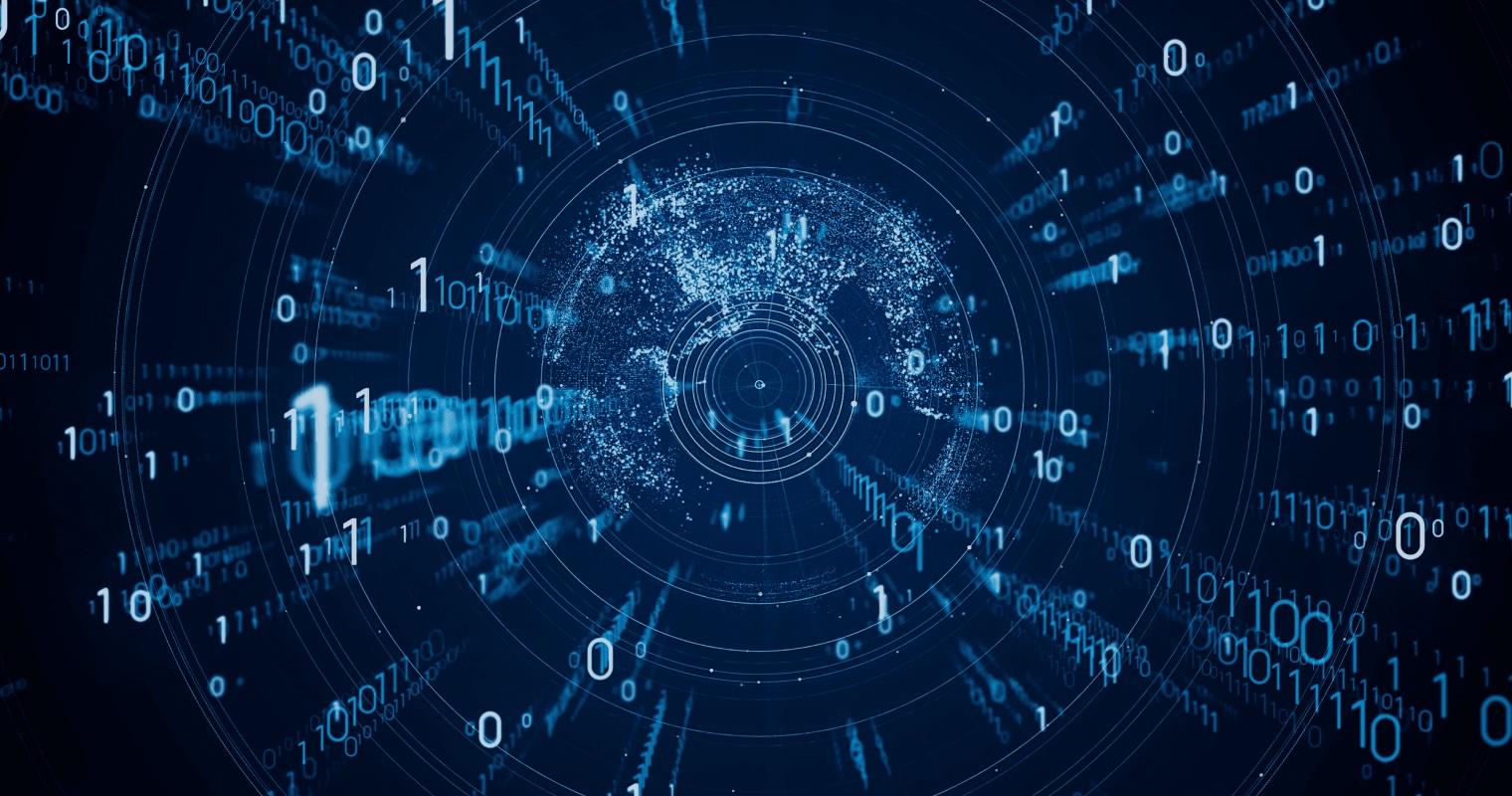
Systemantics: When Systems Go Wrong
What complex systems teach us about failure, dysfunction, and unexpected behavior
Systems don’t always do what they’re designed to – they do what they can. In “Systemantics,” John Gall unpacks why systems fail, often in surprising ways. A thought-provoking look at complexity in action.
Let’s Make Things Happen